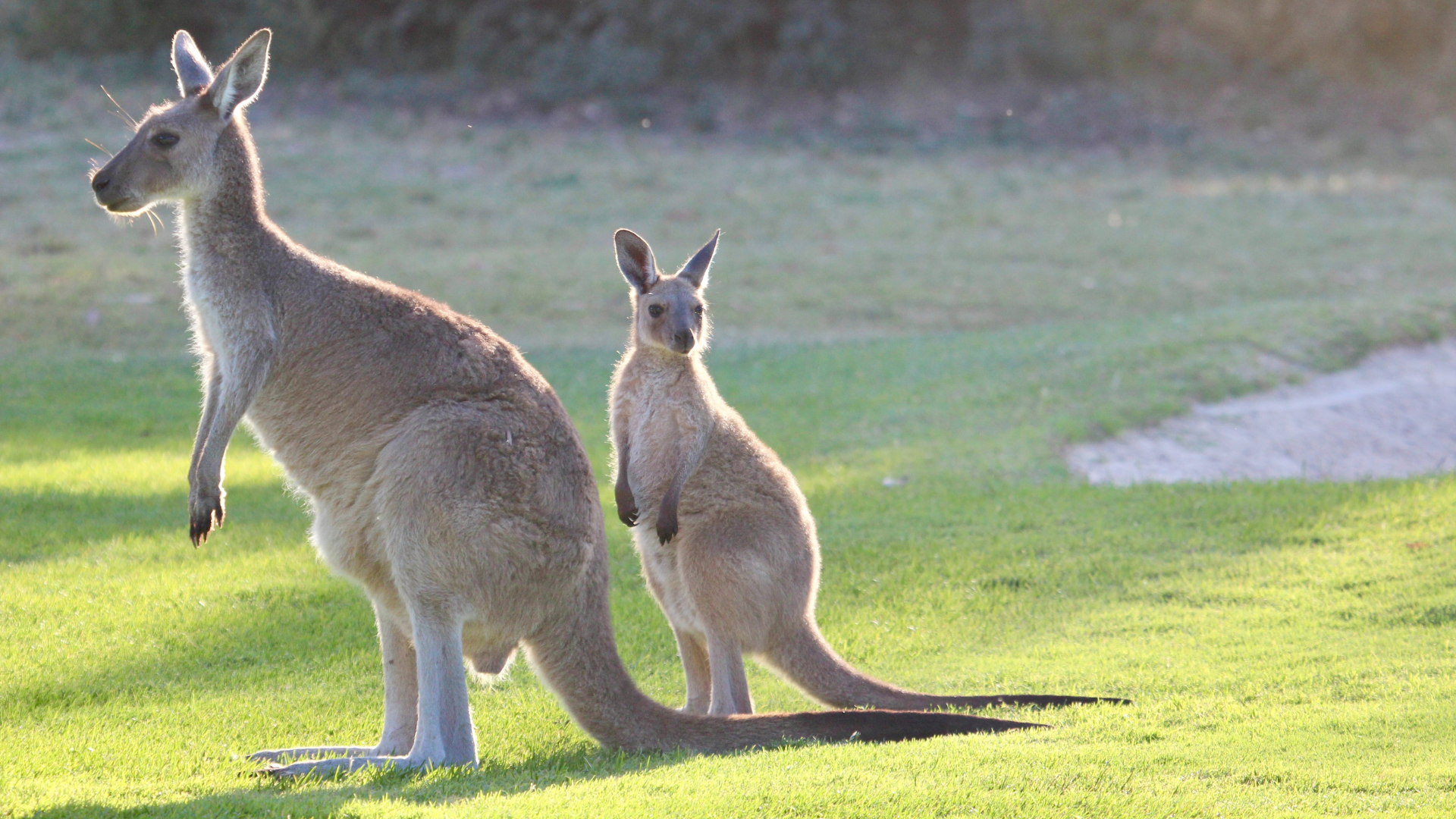Greenhouse burbs
Methane is currently the second most important greenhouse gas in the world. It’s 30 times more harmful than CO2 and 50-60% of methane comes from ruminants in the livestock industry. Like other mammals, cows are not able to digest plant material. To do this they need their stomach and intestinal bacteria. In the rumen, the bacteria ferment the plant material through a process called methanogenesis. Each cow burps between 200 and 500 grams of methane gas every day, which is not very sustainable. It also costs the cow about 10% of her energy. Yet methanogens are essential because they keep the amount of hydrogen (H2) in the rumen low.
Smart strategies
Scientists have tried all sorts of things to reduce methane emissions from livestock: adjusting the diet, adding chemical inhibitors and even vaccinations. These strategies all seemed promising at first, but often resulted in disrupted stomach functions of the animals. Recently, researchers came up with a new strategy for the methane problem: replace the methane-producing microbes with homoacetogens. In theory, these microbes would not only digest the food and keep the amount of hydrogen low, but instead of methane they would produce acetate and leave 2-12% more energy for the animal's growth.
Who becomes dominant?
Homoacetogens naturally occur in the rumen of ruminants, but the methanogens are dominant in the fermentation process. Homoacetogenic microbes are also found in the forestomach of marsupials such as kangaroos and wallabies, but here they are the ones in charge of the fermentation process. The researchers made a culture of homoacetogens from the poop of baby kangaroos. This culture was combined with Acetobacterium woodii, a specific promising homoacetogen. They simulated the cow stomach in a reactor to see if the new culture of homoacetogenes would become dominant over the methanogens.
Kangaroo probiotics
And indeed it did. Once the methanogens were suppressed, their duties were taken over by the homoacetogens. The researchers predict that when ruminant farm animals such as cows are provided with both methane inhibitors and the kangaroo poo probiotics, they will be a lot less harmful to the environment. They now hope to put their findings into practice as soon as possible to test their hypothesis.
Source
Karekar, S. C., & Ahring, B. K. (2023). Reducing methane production from rumen cultures by bioaugmentation with homoacetogenic bacteria. Biocatalysis and Agricultural Biotechnology, 47, 102526.

